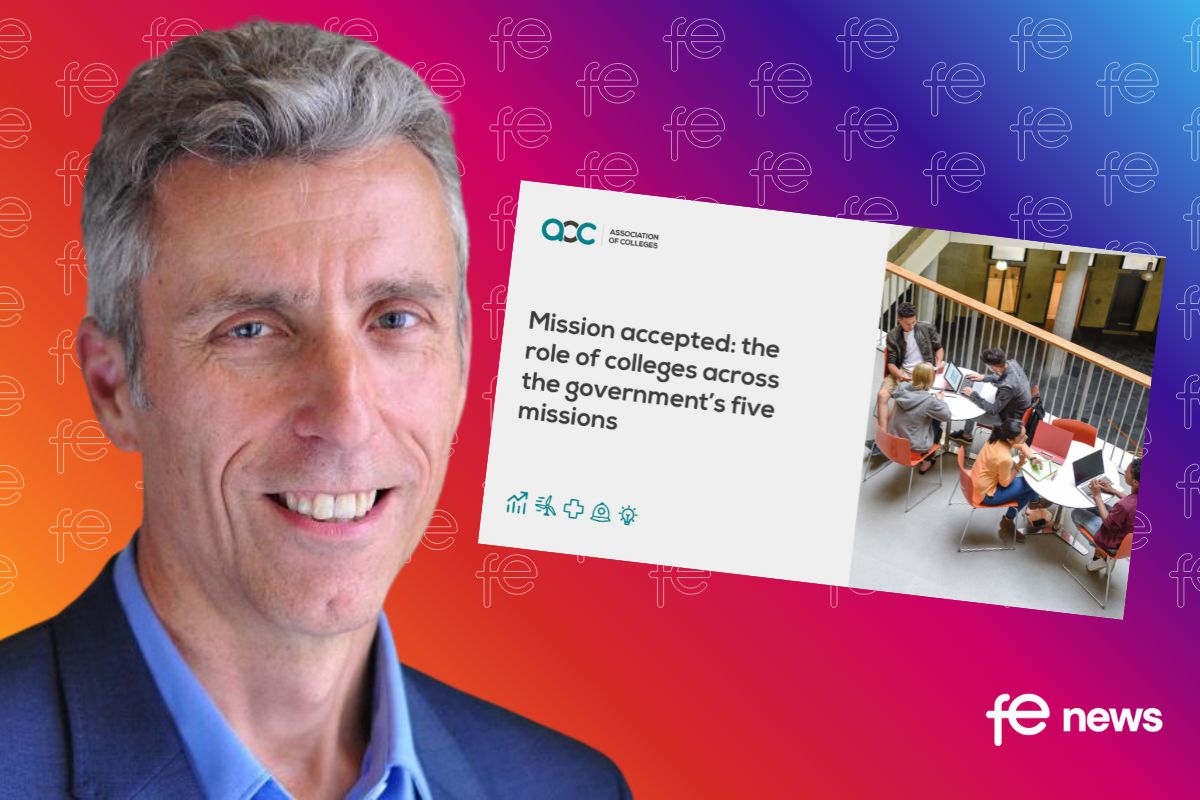Time for FE to look at SEN conditions through the Neurodiversity lens

Teachers and trainers in the Further Education and Training sector may be missing the potential of their learners with conditions such as dyslexia, dyspraxia, ADHD and autism by not thinking of them as examples of neurodiversity, according to Remploy’s Kath Wood, who argues that the potential of significant numbers of learners, with both diagnosed and undiagnosed conditions, may be better served by a neurodiverse approach:
While recognising that resolving issues and managing difficulties have a place, she argues that it is also important to consider how making the most of strengths and characteristics associated with a neurodiverse condition – factors such as visual thinking, the ability to spot patterns and themes, and creativity – can help individuals achieve their potential.
This understanding should take into account what works for individual learners including their communication style, the learning environment, group dynamics and how support and teaching are structured.
Thinking about conditions such as dyslexia, dyspraxia, ADHD and autism just as special educational needs or learning difficulties may prevent teachers and trainers recognising some learners’ potential.
The terms special educational needs and specific learning difficulties are used commonly to describe a number of conditions including dyslexia, dyspraxia, ADHD and autism. But there are many reasons why, instead, looking at these as examples of neurodiversity can help us to recognise and unleash the potential in learners, with and without a diagnosed condition.
The term neurodiversity describes the different ways brains function producing a variety of skills, abilities and ways of thinking. There are varying estimates of the prevalence of neurodiverse conditions in the general population. According to a study published by the NHS Information Centre’s Community and Mental Health Team in 2012, as many as one in 100 people is believed to have autism, and statistics published by the British Dyslexia Association in 2012 identified that 10 per cent of the population is affected by dyslexia to some degree. It is clearly going to be an issue which will affect a considerable number of learners in classrooms and training rooms across the country.
A July 2015 report by York Consulting and the University of Leeds for the Higher Education Statistics Agency found that between six and 7.5 per cent of students enrolled at all higher educational levels in the UK had specific learning difficulties. However, this figure does not tell the full story, as many people reach further education without any formal diagnosis or assessment. Furthermore, we need to be aware that adults or older students in particular may have developed their own set of coping strategies which help them manage their condition to some extent.
Often, when we consider the adjustments we make for learners with conditions like dyslexia, dyspraxia, ADHD and autism, we focus on resolving issues or managing difficulties, and there is definitely a place for that. But it is equally important to consider how we can make the most of an individual’s strengths and positive characteristics that may be associated with their neurodiverse condition so we can enable them to work to their full potential. These could include creativity, visual thinking, alternative approaches to problem solving, the ability to find faults and errors or spot patterns and themes.
As teachers or trainers we should endeavour to develop our understanding of neurodiverse conditions, but also find out from our individual learners what works for them. We should consider:
- Communication style and methods – for example the information we provide in advance, during and after learning.
- Teaching strategies and how we structure learning which could include support to develop organisation, planning and prioritising skills.
- How equipment, technology and support staff can assist.
- Sensory issues and the learning environment – such as removing distractions and reducing interruptions
- How we prepare learners for assignments and assessments.
- Group dynamics and social skills – including how we can ensure our learners are able to fully participate in group work.
- How we can build confidence and promote positive mental wellbeing.
If you would like to find out more about dyslexia and autism in particular, please look out for the one-day face-to-face awareness training sessions and webinars offered by the Education and Training Foundation (ETF) in partnership with Remploy. The support provided includes practical reference guides and useful links to equip you with the knowledge and confidence to adapt your communication, teaching strategies and environments to enable you to help your learners achieve their full potential.
“The prevalence of neurodiverse conditions is often underestimated, either because they are not spotted or are concealed by learners who have developed coping strategies. The truth is that the incidence of conditions such as autism, ADHD, dyslexia and dyspraxia is far greater than many believe.
“Recognising this is the first step to helping learners with these conditions, but equally important is the way we approach them. Thinking about them as examples of neurodiversity and recognising the attributes learners with them have can transform teaching and learning by enabling us to identify and realise hidden potential.
“Whether you have students with already-identified SEN or not, I encourage all teachers and trainers to think carefully about this issue and seek further training and support to ensure they are maximising all of their students’ potential.”
Kath Wood, Disability Training and Consultancy Specialist at Remploy Ltd











Responses